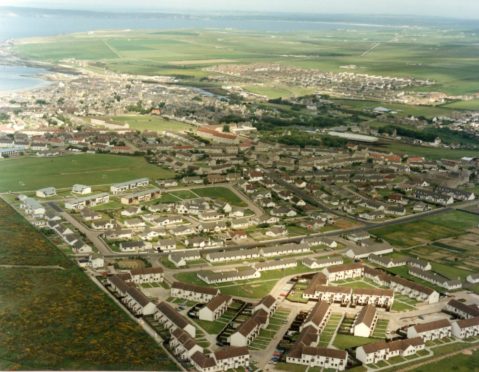An online exhibition has been launched exploring the expansion of Thurso to accommodate the workers during and after the construction of the Dounreay nuclear site in Caithness.
The town trebled in size to in excess of 9,000 as more than 1,000 were built between 1954 and 1963 as Caithness became the focal point of the country’s nuclear reactor programme.
The exhibition, Atomic Housing, includes historic images from the Nuclear Decommissioning Authority archive held at the Nucleus centre in Wick – and published online by High Life Highland.
It includes aerial and street photos of Thurso, as well as internal photos of the UK Atomic Energy Authority stock, architectural drawings and recollections of residents.
The exhibition also recounts the associated infrastructure that went up at the time including several new schools, a college and the Dounreay Sports and Social Club.
In 1954, Dounreay in Caithness, on the north coast of mainland Scotland, was chosen as the site for a new type of nuclear reactor. The aim of the project was to assess the effectiveness of fast breeder reactors in generating power for electricity. It was a huge undertaking that would require a sizeable labour force to be imported into the sparsely populated county.
The decision to site the project in Caithness was a great boon for the area. As a county that relied on farming and fishing for its employment, modernisation meant jobs had become scarce.
The building of ‘atomic’ housing was vital to the fast breeder reactor programme at Dounreay. Without the allure of modern, attractive houses at reasonable rents, drawing skilled workers to the far north would have been near impossible, given the perception of the area as bleak and remote.
The first phase of construction comprised 50 two-storey semi-detached timber houses to accommodate the first batch of scientists and engineers.
This was to expand to take in developments at Pennyland, Castlegreen, Ormie and Mount Vernon, the latter featuring the creation of three blocks of flats.
Over the decade, the town’s population grew from under 3300 to more than 9000.
Street names in the main development at Pennyland such as Thorfinn Terrace, Sigurd Road and Sweyn Road were named to reflect the area’s Norse heritage.










